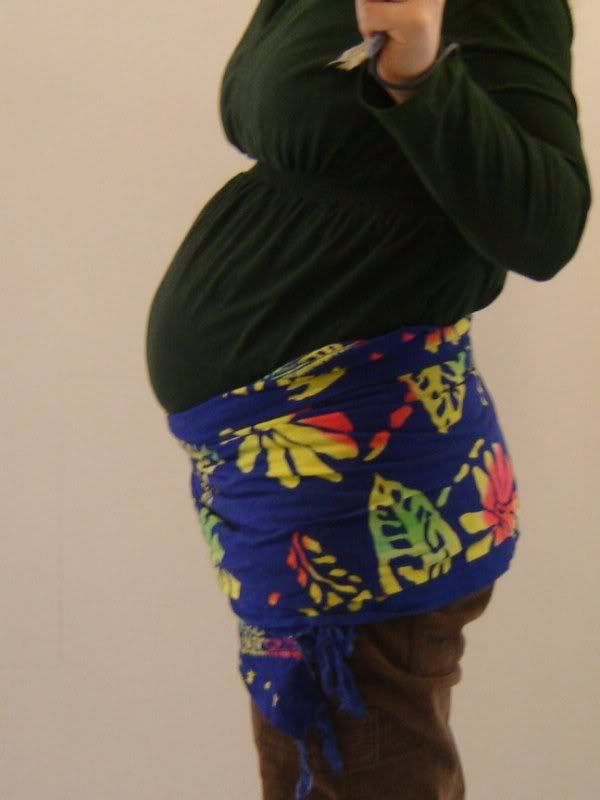I've been reading a lot of childbirth related books lately, both on and off the recommended reading list for my doula certification, and have decided to start listing reviews here on my blog. As much as I did my "homework" while pregnant, I can't help but feel like my own childbirth experience may have been different depending on the information that I was able to read during my pregnancy. With that being said, here is the first of what will hopefully be many helpful reviews for expecting families. (Yes dads, that means I expect you to be doing some reading too!)
Ina May's Guide to Childbirth by Ina May Gaskin
This book has so much information in it, it may make your head spin! It starts off with real birth stories from Ina May's experiences as a midwife in rural Tennessee. These birth stories made me laugh and cry as I pictured the experiences unfolding. Some of the stories were very informative and I found myself wishing I wasn't reading a library book so that I could highlight parts for later referral. (I will definitely be adding a copy of this book to my lending library as soon as possible.)
It is amazing how much knowledge Ina May has on childbirth and the functions of a woman's body during pregnancy and labor. She is able to share her knowledge in a simple, easy to understand manner. She goes into detail to explain what exactly happens to a woman's body during each stage and phase of labor as well as what a midwife vs. obstetrician can or will do to help things along. The information that she gives on common hospital practices in labor and delivery is invaluable. I kept finding myself thinking, so that's what they were doing when I was laboring with my son, or that's why my labor turned out the way it did. If only I had read this book while I was still pregnant, I may have had the courage to advocate for better maternity care for myself.
Ina May gives women the knowledge and courage to trust their bodies to do the work they were born to do. She shares with us not just that woman can give birth naturally and with little or no medical intervention, but also that it is the safest and most enjoyable way to give birth. Who knew that by refusing medical intervention, we could choose our own destiny and have a much easier, less painful, and more rewarding birthing experience? In the words of Ina May Gaskin, "Your body is not a lemon!"
Monday, July 11, 2011
Wednesday, July 6, 2011
Rebozos: What are they and how do you use them?
I've recently been doing some research on Rebozos and how to use them to help women in labor. This is one of the tools that I am including in my doula bag for labor. Here is some of the information that I have found on Rebozos.
What is is a Rebozo?
A Rebozo is a long shawl used in Mexican culture (as well as others) for warmth, for assistance in pregnancy and labor, as a child carrier, and for carrying heavy loads.
How is a Rebozo used in pregnancy and labor?
Rebozos have multi-purpose functions as pregnancy and labor tools. They can be used to help support a very pregnant belly, as a massage tool for lower back pain, and help with changing the position of a posterior positioned or even a breech baby. During labor a Rebozo is more commonly known to be used during the second stage, helping the mother push effectively and be in a position that can widen the pelvis. In not so technical terms it is called the "tug-of-war" position.
Using the Rebozo in Pregnancy and Labor:
Article on using Rebozo to turn a breech baby.
Pulling on a Rebozo to aid in pushing during delivery.
Using Rebozo to support belly and relieve back pain during pregnancy (can also be used for belly binding in the postpartum by wrapping directly over belly and hips):
"Sifting" with the Rebozo to move baby into an optimal position for delivery:
"Hip Squeeze" using the Rebozo as a comfort measure in labor:
Using the Rebozo for baby wearing:
The Rebozo is also often used in the postpartum as a baby carrier. Below are a few instructional videos on useful ways to wrap the Rebozo for baby wearing.
Tying a Rebozo slip knot:
Basic baby carry using the Rebozo:
Hip carry for bigger kids using the Rebozo:
Newborn Front Cross Carry with Legs out:
Nursing Front Cross Cradle:
Nursing Upright Front Cross Carry:
Reinforced Rear Rebozo Rucksack Carry:
Additional ways to use the Rebozo for baby carrying can be found at www.wrapyourbaby.com
Share your favorite use for the Rebozo or link to a video or instructions for its use in the comments section.
Saturday, July 2, 2011
Subscribe to:
Posts (Atom)

